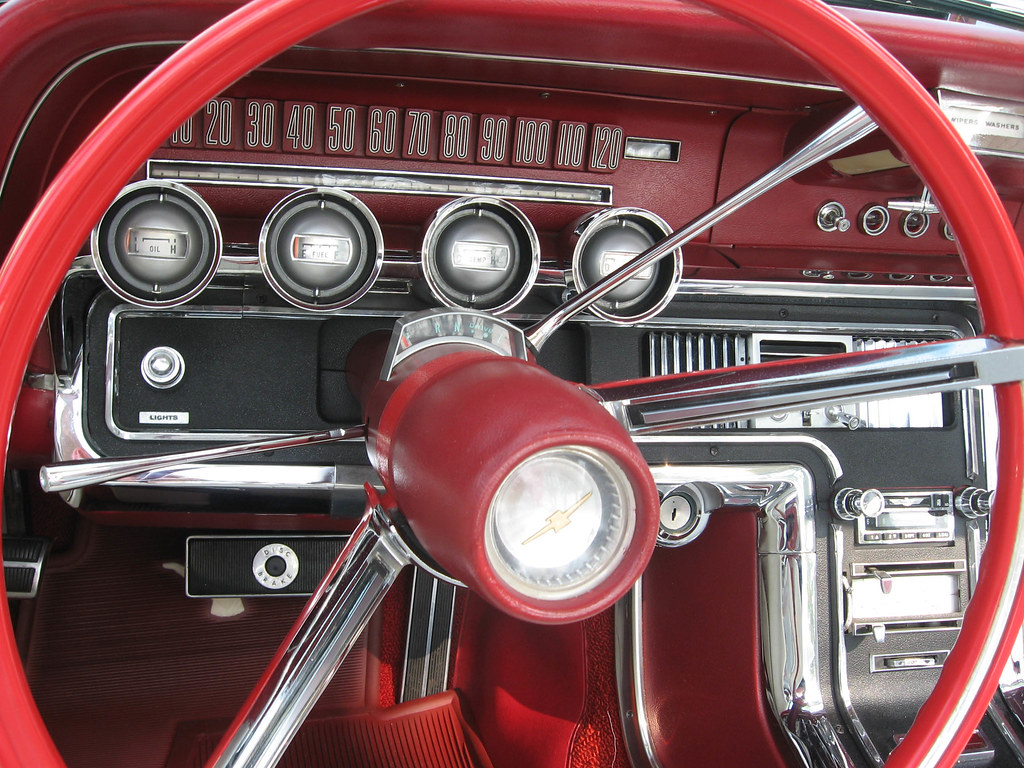

Lockheed's previous reconnaissance aircraft was the relatively slow U-2, designed for the Central Intelligence Agency (CIA). As of 2023 the SR-71 holds the world record it set in 1976 as the fastest air-breathing manned aircraft, previously held by the related Lockheed YF-12. The SR-71 has several nicknames, including " Blackbird" and " Habu". Since its retirement, the SR-71's role has been taken up by a combination of reconnaissance satellites and unmanned aerial vehicles (UAVs) a proposed UAV successor, the SR-72, is under development by Lockheed Martin, and scheduled to fly in 2025. NASA was the final operator of the Blackbird, who used it as a research platform, retiring it in 1999. In 1989, the USAF retired the SR-71 largely for political reasons several were briefly reactivated during the 1990s before their second retirement in 1998.

A total of 32 aircraft were built 12 were lost in accidents with none lost to enemy action. On average, each SR-71 could fly once per week due to the extended turnaround required after mission recovery. If a surface-to-air missile launch was detected, the standard evasive action was simply to accelerate and outpace the missile. ĭuring aerial reconnaissance missions, the SR-71 operated at high speeds and altitudes (Mach 3.2 and 85,000 feet, 25,900 meters), allowing it to outrace or entirely avoid threats. The SR-71's existence was revealed to the public on 24 July 1964, and entered service in January 1966. Mission equipment for the reconnaissance role included signals intelligence sensors, side looking airborne radar, and a camera the SR-71 was both longer and heavier than the A-12, allowing it to hold more fuel as well as a two-seat cockpit. Initially, a bomber variant of the A-12 was requested by Curtis LeMay, before the program was focused solely on reconnaissance. The shape of the SR-71 was based on that of the A-12, which was one of the first aircraft to be designed with a reduced radar cross-section. American aerospace engineer Clarence "Kelly" Johnson was responsible for many of the aircraft's innovative concepts. The SR-71 was developed as a black project from the Lockheed A-12 reconnaissance aircraft during the 1960s by Lockheed's Skunk Works division. It was operated by the United States Air Force (USAF) and NASA. What I've provided here is just an explanation as to why the rule of thumb exists regarding a standard order for bleeding brakes.The Lockheed SR-71 " Blackbird" is a long-range, high-altitude, Mach 3+ strategic reconnaissance aircraft developed and manufactured by the American aerospace company Lockheed Corporation. However, when you are bleeding the 3rd closest, there is fluid flowing past the Second and 1st closest, meaning that you still need to bleed those when you're done with the third closest.Įdit: As pointed out in the comments, you should always refer to your manufacturer's instructions for the correct maintenance procedure for this and any other maintenance you perform on your vehicle. So, hopefully you can see via this illustration that if you are bleeding the 3rd closest wheel, there isn't any fluid flowing past the branch to the Fourth closest. Here is a rough illustration: # Rough Image There is no fluid that is passing that fourth branch, so there's less chance of air getting in there. This is because when you move from the furthest wheel to the second furthest wheel, you now only have fluid flowing past three of the four branches.

When you start with the furthest wheel, though, you minimize the possibility that you miss air bubbles.

You wouldn't even get that air out, because you've already bled that wheel and you think you're done with it. If you start with the wheel closest to the master cylinder and bleed it until there is no air, and then move on to the wheel furthest from the master cylinder (just as an example), as you're pumping the air out of that longest branch you could realistically get more air bubbles in the shortest branch. As you pump the brakes, the air will propagate down the hydraulic line, and randomly go down one of the branches towards one of the four wheels. At some point, the hydraulic line attached to the master cylinder will branch to each of the four wheels. If you have a lot of air right after your master cylinder for whatever reason, that air can travel to any point in the system.


 0 kommentar(er)
0 kommentar(er)
